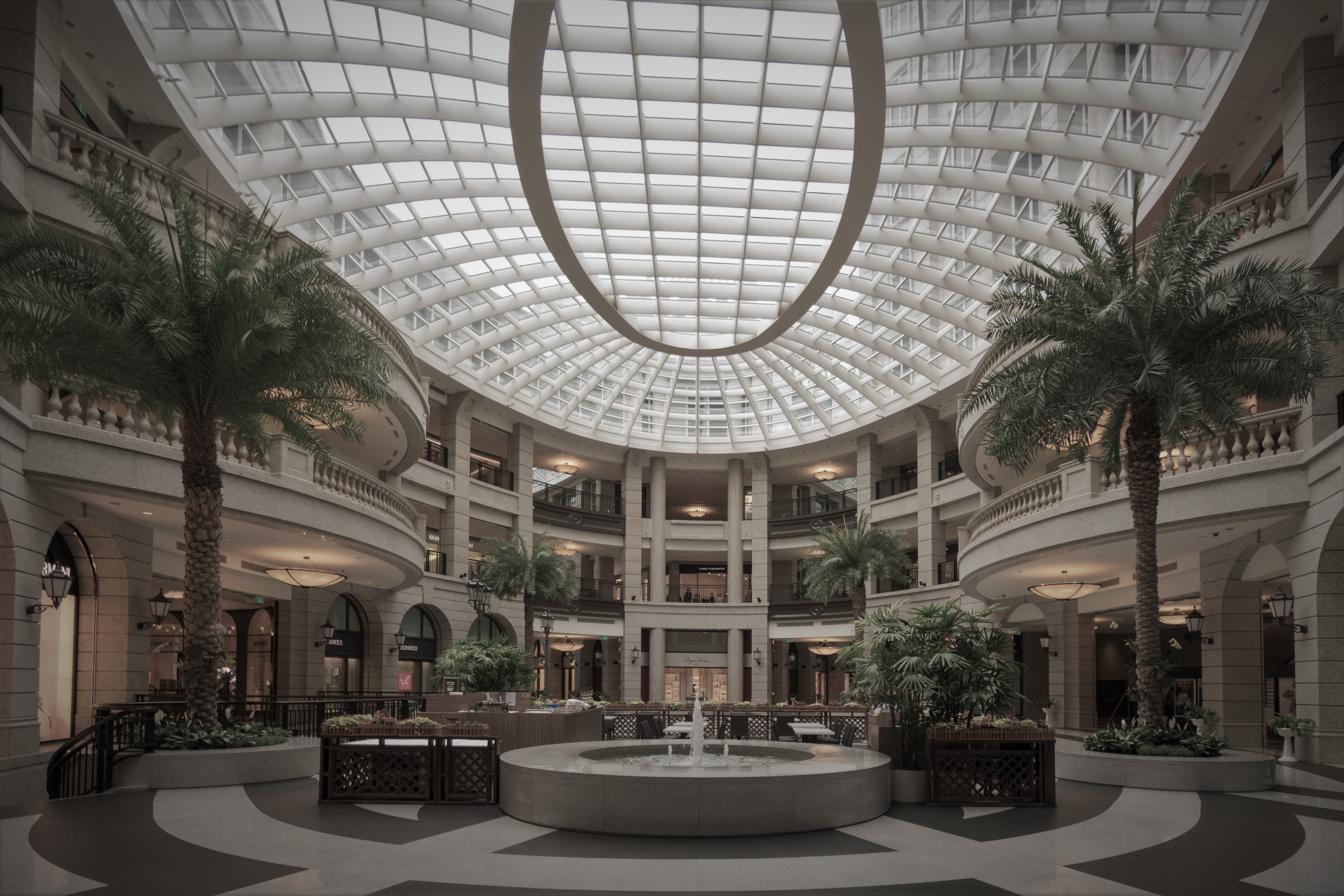The definition of luxury is changing. Whereas the term was once synonymous with status symbols and ostentatious forms of consumption, nowadays the luxury market is more diverse. Affluent shoppers increasingly want refined styles and discrete branding with superior quality. They’re buying a lifestyle. It’s still about image, but now, luxury shoppers don’t want to look like they’re trying so hard.
“In the past, a luxury brand’s goal was to create a superior product that encapsulated ideals of exclusivity and aspiration. Now, brands must consider the values of younger generations, for whom community, authenticity and transparency play an important part in how they purchase luxury goods.” (BoF)
New consumer demands and evolving technology are forcing luxury retailers to adapt faster than ever before. What are the forces influencing the luxury retail market today? Here are the numbers you need to know:
A Growing Market
The overall luxury market grew by 5 percent last year to an estimated €1.2 trillion globally. (Bain & Company)
The American (including North and South America) market is struggling compared to overseas markets, growing by only 2 percent. (Bain & Company)
The main growth engine of the luxury market is a generational shift, with 85 percent of luxury growth in 2017 fueled by Gen Y and Gen Z. (Bain & Company)
Changing Consumer Demands
45 percent of luxury shoppers want more personalized products and services. (Deloitte)
65 percent of luxury shoppers prefer to see and touch items before they make a purchase, highlighting the key role of physical stores. (Think with Google)
3 in 10 luxury shoppers won’t purchase items online because of concerns about counterfeit products. (Think with Google)
Digital Commerce
Online sales of luxury items surged by 24 percent last year, far outpacing the overall growth in the industry. (Bain & Company)
Online sales for personal luxury goods are predicted to make up 25 percent of the market by 2025, with stores still accounting for 75 percent of purchases. (Bain & Company)
75 percent of affluent shoppers conduct research online before purchasing. (Think with Google)
The top reason U.S. luxury consumers give for purchasing products online is the ability to buy whenever it’s most convenient (80 percent say this). (McKinsey)
A convenient return policy and free shipping are by far the most important things that online luxury shoppers look for (90 percent). (McKinsey)
Generational Differences
By 2025, Millennials are predicted to make up 45 percent of the global luxury goods market. (Rakuten Marketing)
Among those ages 25 to 35, 9 percent made their first luxury purchase online, compared to only 3 percent for those ages 45-54. (eMarketer)
When it comes to where Millennials buy luxury items, more than half still prefer physical stores, while just over four in 10 go online. (eMarketer)
Millennials and Gen Z will account for 45 percent of the luxury market by 2025. (BoF)
“Generations Y and Z are rewriting the rules of the luxury market.” (New York Times)
Social Influence
Instagram is now the top social media site for luxury retail shoppers in terms of both followers and engagement. (PMX)
Facebook drives nearly half of all social media traffic for luxury brands, and social media traffic accounts for 7.4 percent of total traffic to brand websites. (Forbes)
Social Media is the #1 way Millennial buyers discover luxury brands. (Deloitte)
62 percent of Millennials are more likely to be loyal to brands that engage with them on social media. (Forbes)




